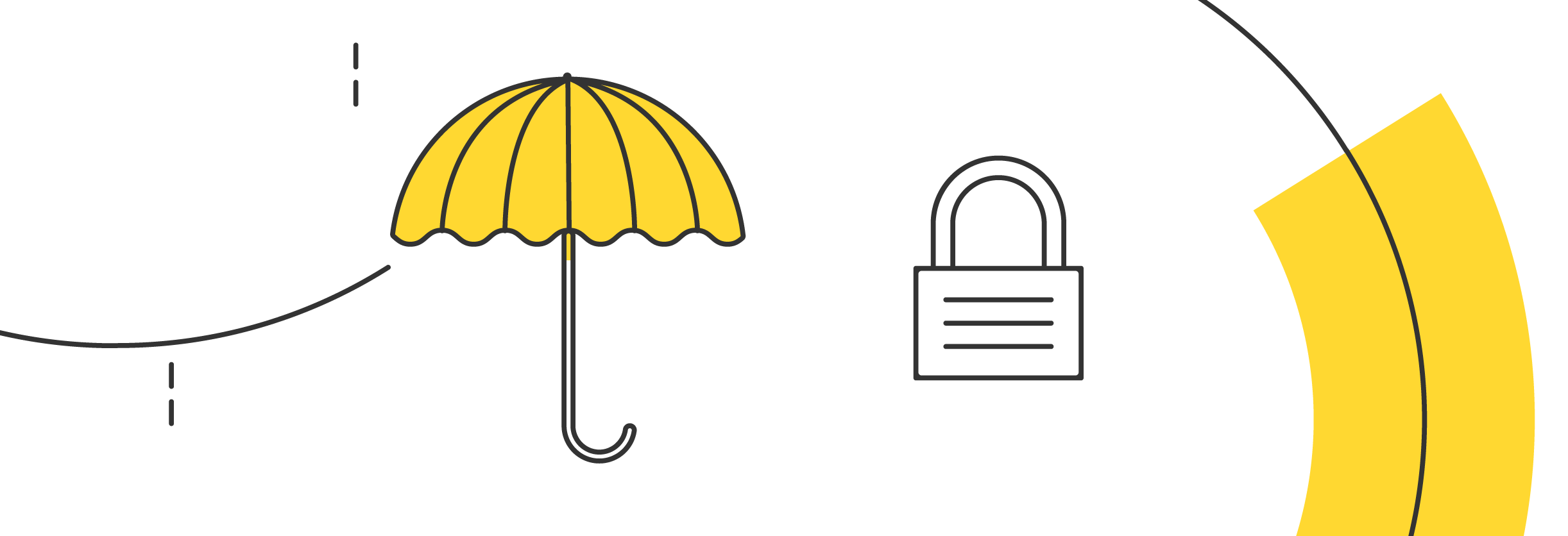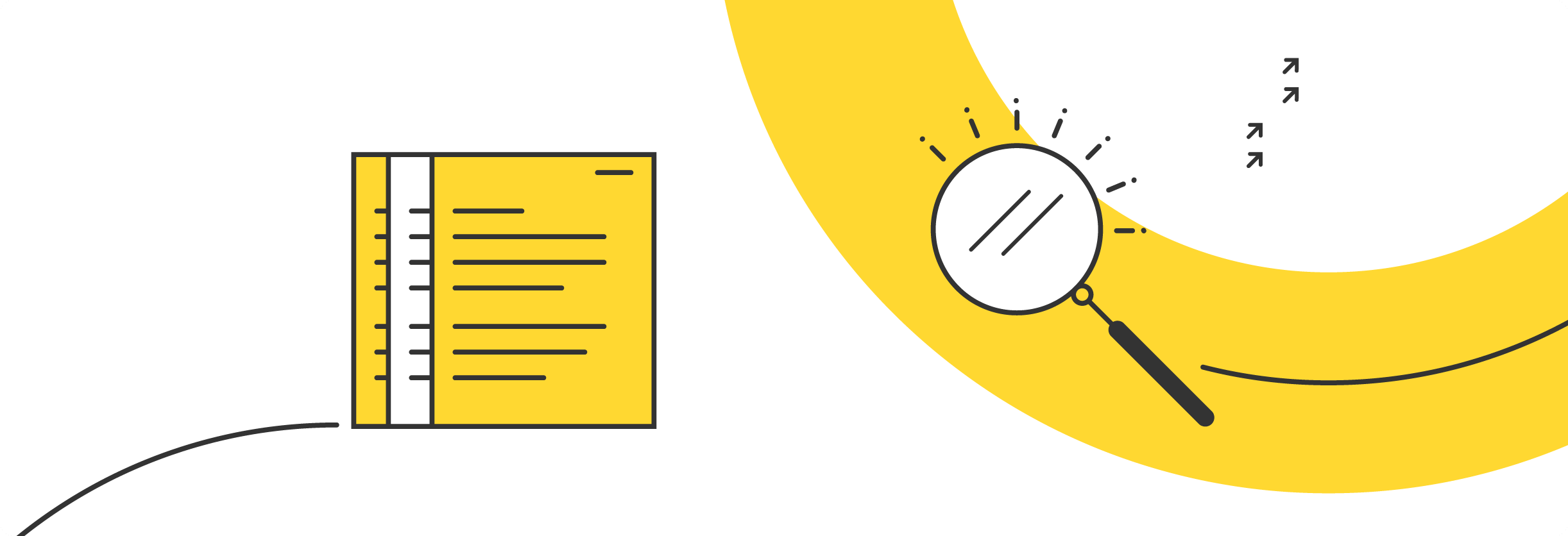Your benefits wrap-up

Navigating benefits can be confusing. This guide will help you figure out your next steps as you transition out of your job to ensure you’re making the right benefits choices for you.
What comes next?
You’re in the right place to find information about everything from 401(k) rollovers to navigating your health insurance options.
Here are some steps that might be right for you, whatever stage in this transition you find yourself at today:
- Make a plan to maintain health insurance coverage.
- Decide how to handle your HSA or FSA accounts.
- If you have a retirement account, get to know your options.
- If you’re eligible for unemployment insurance, prepare your application.
- If you’re between jobs, when you’re ready, start your job search.
- Update your former employer if your mailing address changes to ensure you’ll receive your tax documents.
How to maintain health insurance coverage

When you leave an employer and the health insurance policy they provided, there are three ways you can maintain coverage:
If you complete an application through the Healthcare Marketplace, you’ll get information about whether you qualify for Medicaid or Medicare, based on your age and/or disability status.
- Obtain health insurance through COBRA.
- Apply for a plan on the Healthcare Marketplace.
- Get health insurance through another employer or through a family member’s employer.
1. Explore your options under COBRA
COBRA stands for Consolidated Omnibus Budget Reconciliation Act, and the good news is that you’ll never be asked to remember that acronym.
In practical terms, COBRA may allow you to keep your employer-based health, dental, and vision plans for a while after your employment ends. And timing is important when it comes to COBRA:
In most cases, under COBRA, you’ll have to start paying the full premium for your plan, including any portions your employer may have covered for you in the past, plus an administrative fee. As a result, COBRA often makes it more expensive to maintain the same level of coverage.
However, if you choose to buy health insurance through COBRA, you’re not obligated to pick the same plan(s) or even elect into all the plans you selected during your last election period. All of this could impact your monthly premiums.
But money isn’t the only factor here: you should also consider whether you have ongoing healthcare needs that would be increasingly complicated by changing networks, coverage, or providers right now.
- You have 60 days to elect after a qualifying event (i.e. your last day of employment) or after the date your notice to elect COBRA coverage is sent, whichever is later.
- COBRA coverage typically lasts up to 18 months , but in certain situations, it may be extended to 29 to 36 months.
So, how can you determine whether COBRA offers the right coverage for you?
For more information about COBRA and its nuances, you can always consult the Department of Labor’s FAQ pages.
- Review the documents your employer provided about your eligibility and rates, and consider all the plans available to you through COBRA.
- Check the Healthcare Marketplace to see if you qualify for an affordable plan and compare your options, which may include Medicaid and Medicare.
- If you do have the option of enrolling through a different employer (whether that’s thanks to a new job or a family member’s plan), compare the cost and benefits of that coverage with COBRA and Marketplace plans to make sure you’ve got the right plan for your needs.
2. Buy a plan on the Healthcare Marketplace
Whether or not you currently have health insurance through an employer, you should know that the Healthcare Marketplace has an annual Open Enrollment period from November 1 through January 15 every year , when anyone can apply for coverage. But if you recently lost or will soon lose your employer-sponsored health insurance, you may qualify for a Special Enrollment Period , which will allow you to submit an application and start your coverage outside the typical Open Enrollment cycle.
Don’t delay
: You can
apply for a Special Enrollment Period
if your employment status changed in the past 60 days or if you expect to lose coverage in the next 60 days.
If you don’t submit an application during that window, you’ll have to wait until the next annual Open Enrollment period to apply for insurance through Healthcare.gov.
It’s also important to know that folks and families with certain incomes may qualify for Medicaid and the Children’s Health Insurance Program (CHIP). There is no deadline to apply for these programs and you can
apply any time
through the Marketplace.
3. Get health insurance through another employer
Of course, you can get coverage through a new employer if you’re hired into a role that includes health insurance as part of the benefits package. But that’s not the only path. If you’re eligible to join a family member’s plan, ask them to reach out to their employer’s HR team to apply for a Special Enrollment Period. They’ll be able to help you navigate the next steps from there!How to handle your HSA and FSA accounts
If you have a Health Savings Account (HSA) or a Flexible Spending Account (FSA), you may be wondering what happens to that money after you move off of your current health insurance plan or leave your employer.Your HSA funds are yours to keep
The good news about HSA accounts is that the money you deposit into your HSA is yours to keep, even if you change jobs, change health insurance plans, or retire. And if you’re able, many experts recommend investing the money in your HSA and growing your balance over time, that way you can eventually spend it on healthcare expenses down the line. However, if you hold onto an HSA after leaving a job and your balance sits below a certain threshold, you may be charged maintenance fees, which can eat into your balance. So, if you have the opportunity to open an HSA account through a new provider, it’s a good idea to explore whether you’d like to roll the funds from your old HSA account into the new one. By consolidating funds, you may limit the account fees you’ll pay over time. Of course, you can also choose to spend down your balance on eligible expenses and close out your account when you move on. It’s up to you!You’ll need to make a plan for your FSA balance
FSAs are known as “use it or lose it” accounts, which means your funds must be spent before the end of the plan year. But there is some nuance to this, and FSA plans typically include one of two features:- A rollover limit a.k.a. carryover . If your plan has a rollover rule, you may have the option to carry over up to a certain dollar amount every plan year. For example, for plans starting in 2023, you could bring up to $610 into 2024, and it wouldn’t count toward your FSA contribution for the new year.
- A grace period . The other way you can keep leftover funds in an FSA account at the end of your plan year is time-bound: the FSA grace period is typically limited to 2.5 months into the next plan year. So, if your FSA plan ends on December 31, 2023, you could continue to spend last year’s funds until March 15, 2024. After that, any leftover funds from the past plan year would be forfeited to the employer that sponsored the plan.
So, what do you need to do if you have an FSA?
The easiest way to handle leftover FSA funds is to spend them, which you can do by submitting receipts for reimbursement or by stocking up on First Aid supplies, allergy medicine, and other
eligible expenses
.
Handling other types of tax-advantaged accounts
In addition to a traditional HSA or FSA, you may have one or more other tax-advantaged savings accounts as part of your benefits package:- A Dependent Care Flexible Spending Account (DCFSA)
- A Limited Purpose Flexible Spending Account (LPFSA), which typically covers dental and vision expenses
- A Healthcare Reimbursement Account (HRA) that your former employer owns and contributed to in addition to the health care coverage they provided
- A Commuter Benefit or Commuter Parking Benefit Account
How to manage your retirement accounts
 Whether you have a 401(k), 403(b), IRA, or a different account type, you get to keep the money you deposited into them along with any vested funds your employer contributed.
What will most likely change when you move on from an employer is that you may start paying more in fees to maintain your retirement accounts, and that can take a chunk out of your savings over time.
Whether you have a 401(k), 403(b), IRA, or a different account type, you get to keep the money you deposited into them along with any vested funds your employer contributed.
What will most likely change when you move on from an employer is that you may start paying more in fees to maintain your retirement accounts, and that can take a chunk out of your savings over time.
To avoid losing money,
consider rolling over your employer-sponsored retirement account:
- You may be able to roll your existing savings into the account your next employer sponsors;
- Or, you can open up your own tax-advantaged retirement account, independent of any employer, and roll over funds into that account. You’d also be able to roll over funds from future employers, if you choose.
The big takeaway
: Consolidating retirement accounts through rollovers may help you avoid fees and maximize tax savings over the years. And while it may require a bit of paperwork in the short term, it’ll ensure that you have fewer accounts to keep track of in the long term.
Not sure where to start?
Go to the complete
rollover guide on IRS.gov
to learn about your options. Then, reach out to your retirement account providers to get the information and forms you’ll need to initiate any transfers.
Good news: There’s no rush
. You don’t have to make any decisions about how to handle your retirement accounts right away. These accounts are yours to keep for as long as you want.
For now, just double-check that the contact information associated with your retirement accounts is connected to your personal email address and phone number for easy access in the future.
A word about life insurance
If you had life insurance through a group plan through your employer, it will likely automatically lapse within a month of your departure from your role.
To continue your coverage, ask whether the plan is portable or convertible:
The benefit of these options is that you may be able to access broader coverage without undergoing a medical examination, depending on your health and the terms of the plans available to you.
The downside of porting or converting a policy is that you’ll likely pay higher monthly premiums than you did on your old group plan, so be sure to price out your options and consider whether another life insurance product on the market might meet your needs.
When it comes to whether a life insurance policy is worth porting, converting, or purchasing, work with a qualified personal financial advisor to explore your options. Only you can decide if a plan is the right choice for you.
- If it’s portable, you may be able to take it with you and pay the premium in full.
- If the policy is convertible, you may have the opportunity to convert it into an individual term life policy.
If you received other benefits like Short-Term or Long-Term Disability insurance, or an Accidental Death and Dismemberment policy, check with your HR team to find out when these policies expire and what your options may be.
If you’re eligible for unemployment insurance, submit your application
If you find yourself between jobs, it may be appropriate to apply for unemployment insurance through your state’s office. This tool can help you locate the right place to start based on where you live.
Remember: Depending on where you live, even if you received severance on departure, you may qualify to receive unemployment benefits. Applications can take time to process, so don’t wait to apply.
Resources for job hunting
 The first step in any job search is to update your resume. For tips to help make your experience stand out, check out the
resources from the Society for Human Resource Management
, which, contrary to its name, isn’t just for HR professionals.
For even more advice, check out the
resumes and cover letter resources
section over at Indeed.com.
There are many job listing aggregators available for free online today, and it’s a great idea to check out what’s posted on
Indeed.com
and
Monster.com
, but you may also find success on
your state’s job board
or through networking.
If you haven’t yet signed up, consider creating a profile on
LinkedIn
to let folks know that you’re looking for your next opportunity, follow the accounts of employers that interest you, and apply for openings.
The first step in any job search is to update your resume. For tips to help make your experience stand out, check out the
resources from the Society for Human Resource Management
, which, contrary to its name, isn’t just for HR professionals.
For even more advice, check out the
resumes and cover letter resources
section over at Indeed.com.
There are many job listing aggregators available for free online today, and it’s a great idea to check out what’s posted on
Indeed.com
and
Monster.com
, but you may also find success on
your state’s job board
or through networking.
If you haven’t yet signed up, consider creating a profile on
LinkedIn
to let folks know that you’re looking for your next opportunity, follow the accounts of employers that interest you, and apply for openings.
Reminder:
If you move at any point before next tax season, be sure to reach out to your former employer’s HR team to provide them with updated contact information to ensure your tax forms reach you at the correct address.
